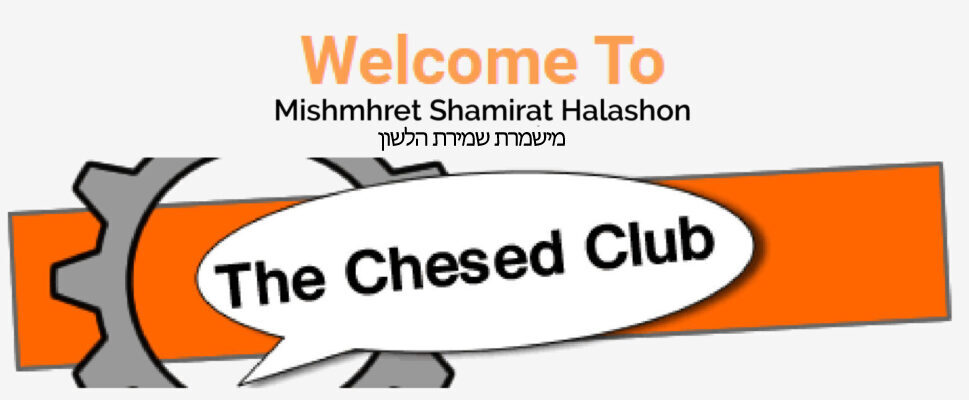The Cohain shall look and behold – the tzaras affliction had been healed from the metzora (Vayikra 14:3)
The Sifsei Tzaddik (quoted in Peninim on the Torah) notes that the phrase “the Cohain shall look” is repeated many times in this week’s parsha, but one time it writes “the Cohain shall look at it.” He notes that the change is to teach a lesson. After the Metzora (person afflicted with the spiritual disease of tzaras) is quarantined, the Cohain looks at him to see if the disease has healed. But the Cohain is not to only look to see if the scar has been healed. He should also look at the person and see if he has changed. He should see if the Metzora’s face indicates a change in character. He should see if the person repented, because a person should not go through a moment like this and come out unchanged. He should be a different person.
The lesson is that we should not go through an experience and come out the same. After 9/11, everyone was different. A big event changes people.
In less than two weeks Pesach begins. We should not go through Pesach and come out as the same person who entered Pesach. We clean our houses from top to bottom looking for little pieces of bread. We eat different foods that taste different. We stay up late one or two nights having a Seder (depending if we live in Eretz Yisrael or not). Why? We need to remember to focus on the reason why we are doing these things – it is to bring us closer to Hashem. It is to be thankful to Hashem and praise Him for what He did for our forefathers, which reminds us to praise Him for what He does for us. Pesach is not a gathering with our family for a festive meal like Thanksgiving. It is a spiritual experience that should make each one of us a different person. We should grow from the experience.
Good Shabbos!
-yes
please send any comments or questions to: divreisimcha@gmail.com
to see previous Divrei Simcha on the Parsha, please go to www.divreisimcha.com OR www.chesedclub.com > Torah Study

 4. Be kind to yourself. Speaking badly even about yourself is unethical.
4. Be kind to yourself. Speaking badly even about yourself is unethical.
 הלכות שמירת הלשון
הלכות שמירת הלשון 